The number of IPOs listed in the U.S. has picked up this year. While some high-profile companies have already come public, there are more highly anticipated companies that are due to list shortly, such as the ride-share company Uber and workplace messaging app Slack.
Some of these recently public companies have performed well, making it worth your while to check out these stocks. After all, the powerhouse FAANG stocks of today all started out as new issues at some point.
That said, investing in new issues is not for the faint of heart, as these generally smaller companies can be quite volatile. Most new IPOs can bounce around for quite some time while growing. Just look at the charts for recent new issues Spotify (SPOT) and Dropbox (DBX) , both of which went public last year.
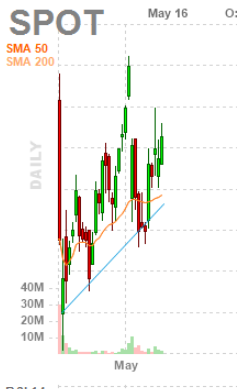
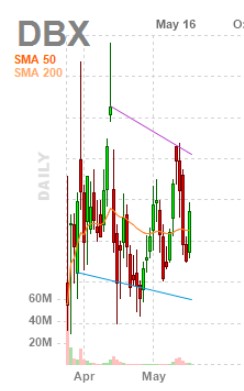
But… once investors see a promising trajectory of solid earnings and sales, stocks can soar. Take payment processing firm PayPal (PYPL), which traded in a lackluster fashion for over 18 months following its IPO (see below) in spite of posting decent earnings and sales.
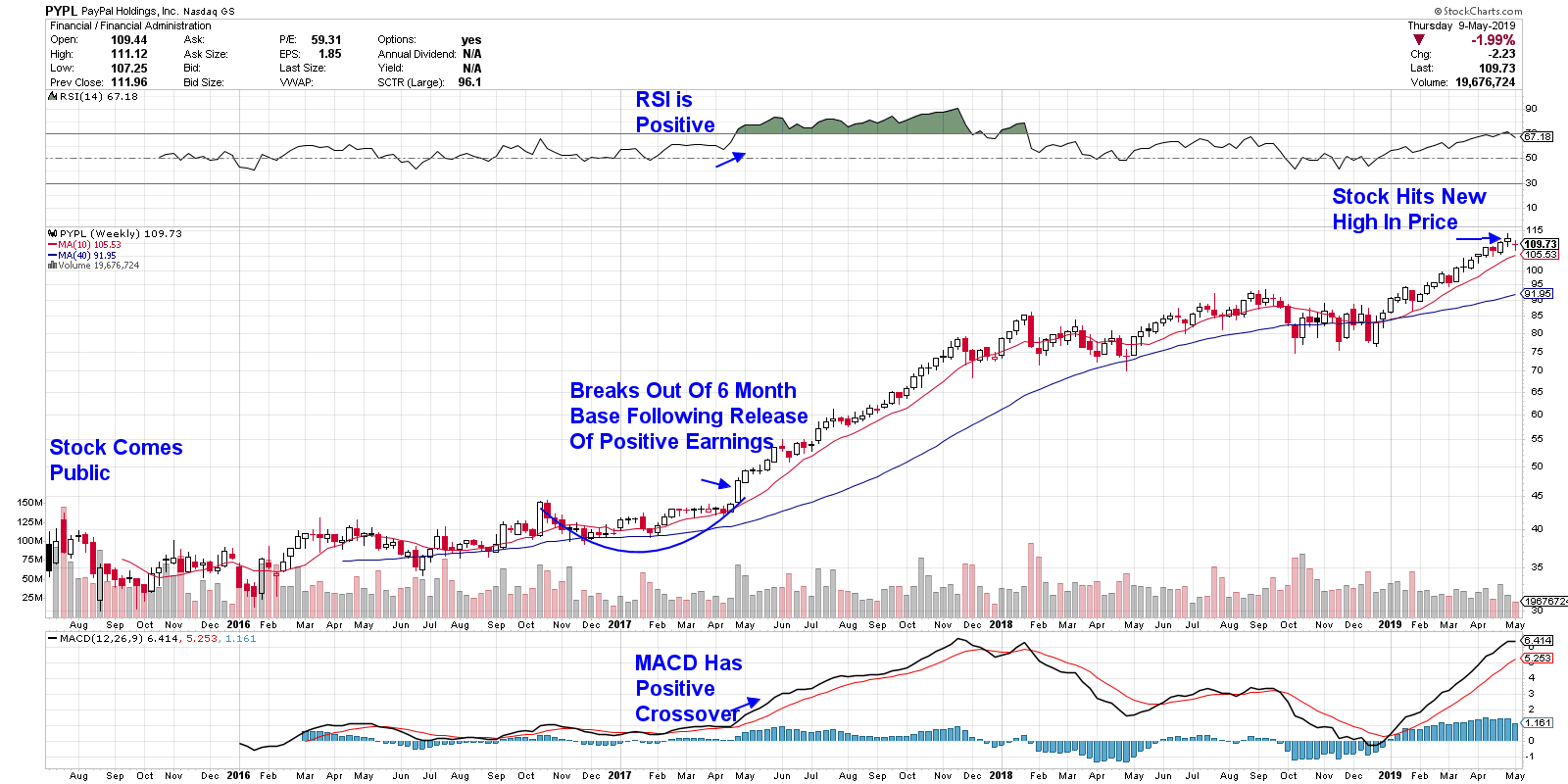
Above: Strong earnings finally spur takeoff in PayPal.
It wasn’t until the company produced strong earnings, despite a small drop in sales the 1st quarter of 2017, that investors took notice, seeing it as a sign that existing clients were using the service more frequently. Even more encouraging was the pick-up in the number of users; the company added 6 million new users that quarter, up 11% over the prior year. Management also announced initiatives aimed at deepening their reach with merchants while simplifying user experiences among their growing client base.
All of this has pointed to continued growth. The company has since gone on to hit a new high in price this week.
Other IPOs will have meteoric rises despite a lack of earnings. This is because investors are looking at other metrics to gauge growth. Shopify (SHOP) is a good example of this; shares of this stock appreciated over 500% before the company reported a positive quarter (see below). Investors instead paid attention to other metrics, such as revenues and gross profits. Exceedingly strong customer base growth was also viewed as a positive.
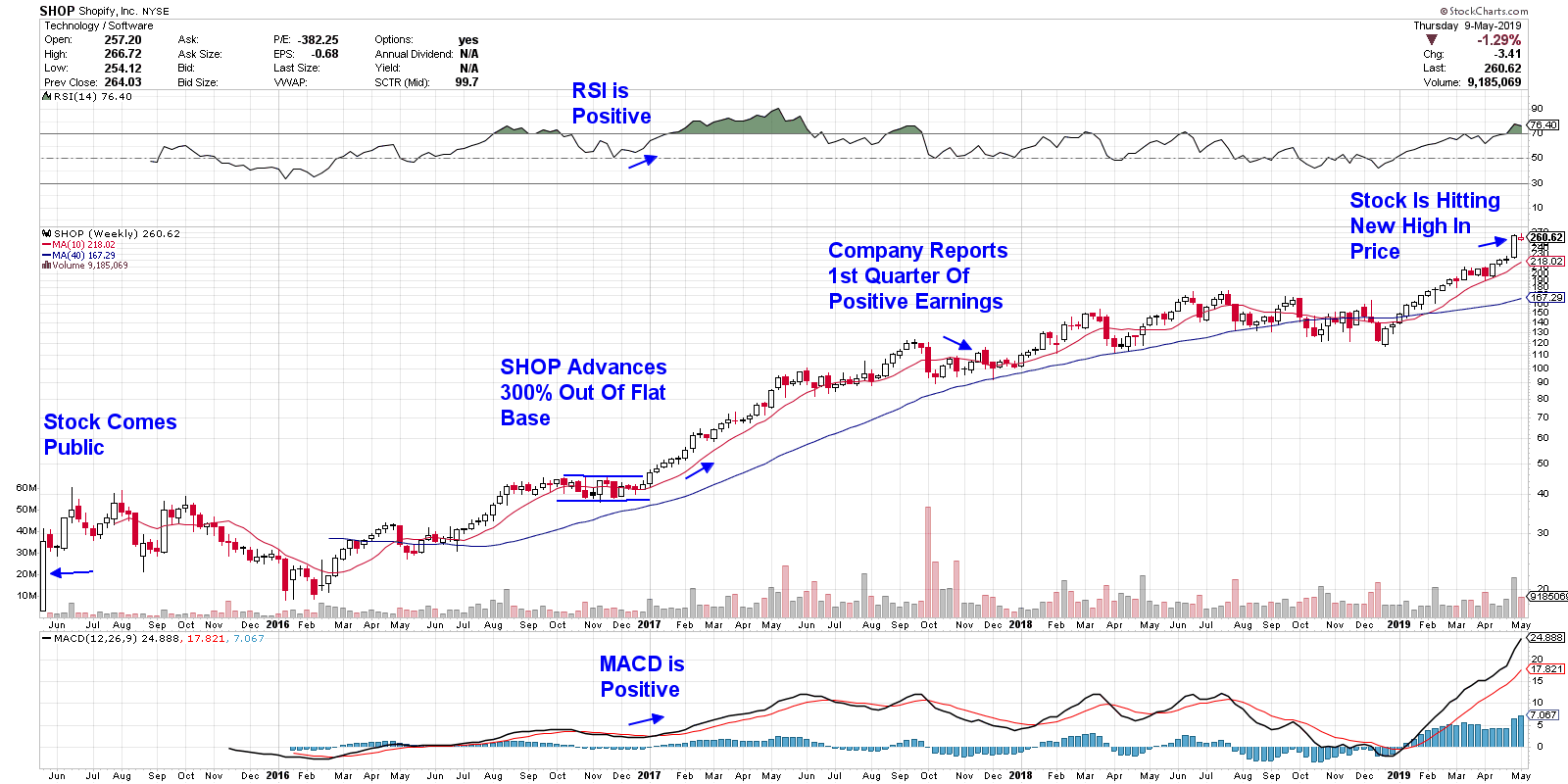 In yet other cases, new issues will skyrocket with no sign of earnings or sales, such as some of the winning Medical Products companies that came public this year. (Think SWAV or SOLY.) These companies are pouring capital into research and development and are oftentimes years away from producing a device. Investors are instead sold on the possibilities and excitedly buy up shares.
In yet other cases, new issues will skyrocket with no sign of earnings or sales, such as some of the winning Medical Products companies that came public this year. (Think SWAV or SOLY.) These companies are pouring capital into research and development and are oftentimes years away from producing a device. Investors are instead sold on the possibilities and excitedly buy up shares.
While it may be difficult to determine what benchmarks investors will find compelling enough to drive an IPO up, there is one sound way to get you in front of winning new issues and, just as importantly, get you out of the duds: knowing how to interpret the chart of the company’s stock.
Chart interpretation will always be the best guide for formulating your entry and exit points. Looking for sound breakouts on volume is one great tool. The volume in these breakouts tells you that institutions are bidding up shares; this support is usually a good sign.
Other key indicators include the RSI and MACD, as shown above. Lastly, pay attention to the price of stocks vs their moving averages. In addition to wanting those MAVs in an uptrend, you want the current price above them for the least possibility of upside resistance.
Using these same indicators to spot signs of a breakdown is going to be equally important, as some of these IPOs can drop dramatically. Take a look at Restoration Robotics (HAIR), which is now down 95% from its peak in price 18 months ago.
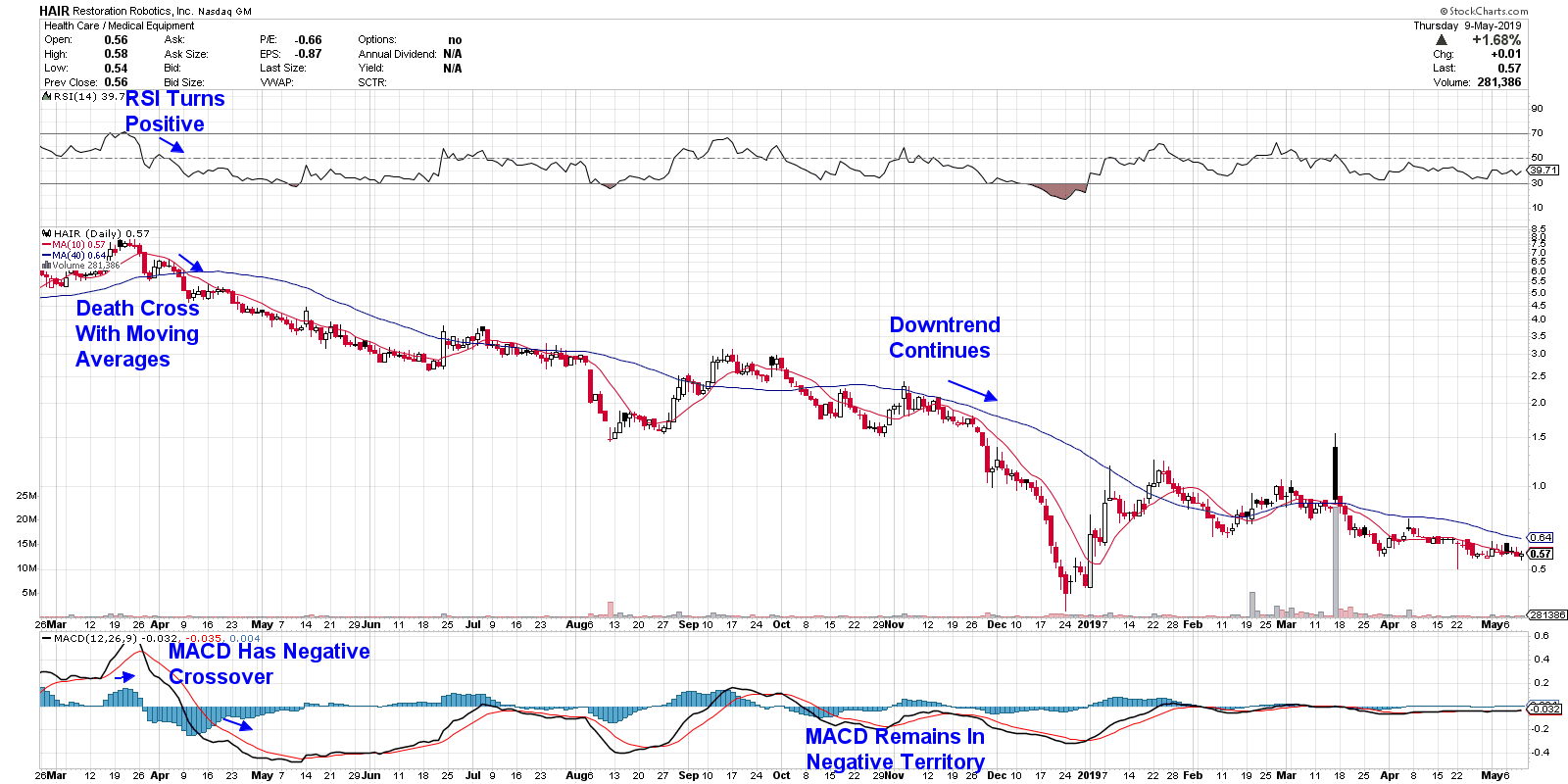
Once-hot Cannabis stocks are also seeing sharp declines from their peaks in price. Many of these companies are years away from reporting the types of numbers that would justify their valuations.
As you can see, putting your own technical analysis skills to work will be the best way for not only identifying potential big winners, but also getting you out of the way of the losers.
Mary Ellen McGonagle
President, MEM Investment Research
www.MEMinvestmentResearch.com






